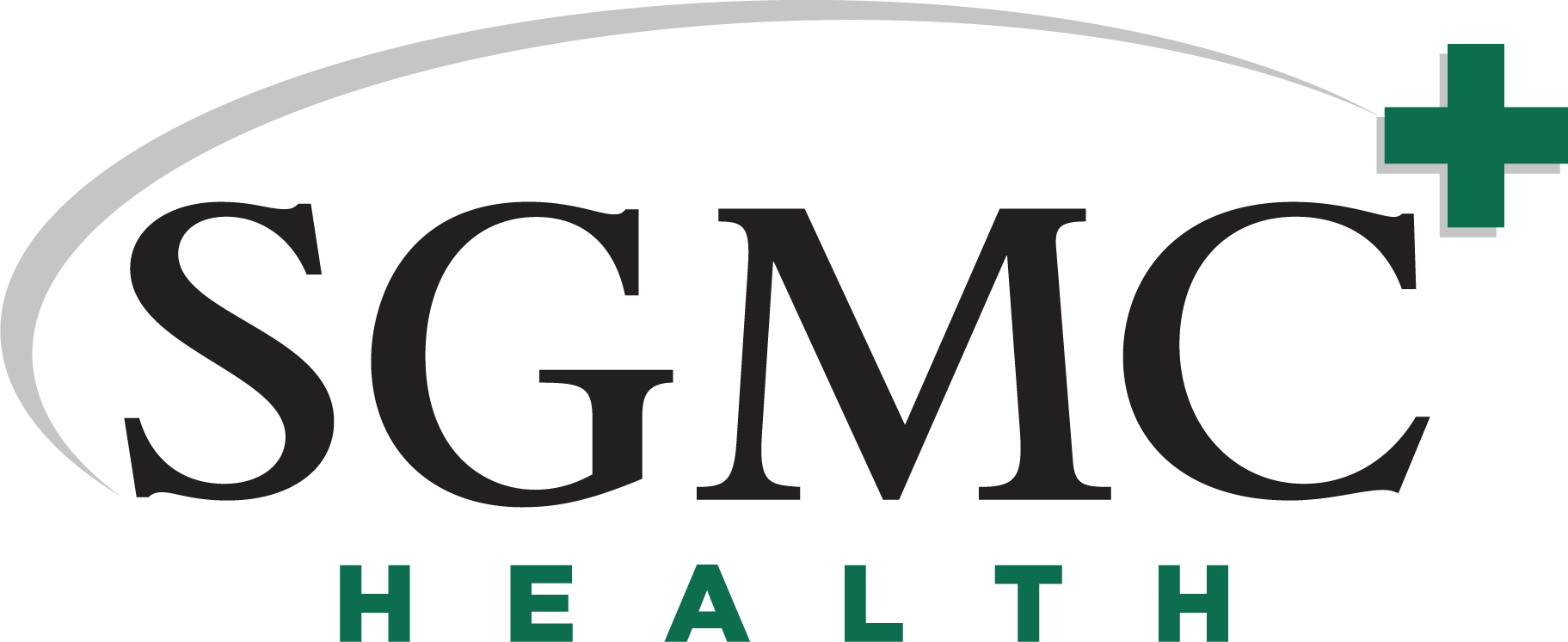4/15/2015
Valdosta GA.- To raise awareness of the most common of all cancers—skin, SGMC is offering free skin cancer screenings throughout April and May. Screenings will be held at SGMC Berrien Campus on Thursday, April 23 from 6pm-7pm, SGMC Lanier Campus on Thursday, April 30 from 6pm-7pm and SGMC’s Pearlman Cancer Center on Thursdays, May 7, 14 and 28 from 5:30pm-7pm. Local dermatologists Dr. William R. Howard, Dr. Betsy P. Thacker, and Dr. John A. Cole will conduct the screenings and registration is required by calling 229.433.1074.
Skin cancer accounts for nearly half of all cancers in the United States with more than 3.5 million cases of basal and squamous cell skin cancers diagnosed each year. Melanoma, the most serious type of skin cancer, will account for more than 76,100 cases of skin cancer in 2015. According to the American Cancer Society, risk factors for skin cancers include:
• Unprotected and/or excessive exposure to ultraviolet (UV) radiation (sunlight or tanning booths)
• Pale skin (easily sunburned, doesn’t tan much or at all, natural red or blond hair)
• Occupational exposures to coal tar, pitch, creosote, arsenic compounds, or radium
• Family history of skin cancers
• Multiple or unusual moles• Severe sunburns in the pastSkin cancer can be found early, and both doctors and patients play important roles in finding skin cancer. Signs and symptoms include:
• Any change on your skin, especially in the size or color of a mole, growth, or spot, or a new growth (even if it has no color)• Scaliness, oozing, bleeding, or a change in the way a bump or nodule looks• The spread of pigmentation (color) beyond its border, such as dark coloring which spreads past the edge of a mole or mark
• A change in sensation, such as itchiness, tenderness or painTo prevent possible skin cancer, you should limit or avoid exposure to the sun during the midday hours, 10 a.m. to 4 p.m.
When outside, cover as much of your skin as possible by wearing a hat that shades the face, neck and ears, a long-sleeved shirt and pants. Wear sunglasses to protect the skin around the eyes. And most importantly, use sunscreen with a solar protection factor (SPF) of 15 or higher.
